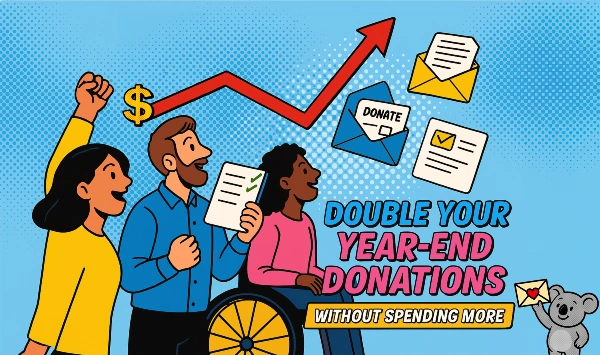Some bosses are about to cripple their charity’s future with one bad decision around COVID-19.
Make sure your organisation is not one of those victims.
What can your cause expect (or may be experiencing) as COVID-19 spreads around the world? If you aren’t a frontline organisation for example, working with refugees, medical or an international aid organisation you may not have thought about the impact for you yet.
But you won’t escape unscathed.
I’ve identified several key areas where you could be impacted.
- Staff. The obvious one. The rate of infection is so high, we could end up with >40% of the population impacted. Nearly all should recover, but it will have disrupted a lot. Already, some Moceanic members in Italy are stuck away from home or even stuck in another country.
- Distribution chain. This was the quickest impact, since the virus spread initially in the world’s biggest manufacturing country.
- Fundraising events. This is happening already; today it depends on where you are as to whether you should postpone or cancel an event. Tomorrow may be different. Contingency plans are needed now.
- Face-to-Face fundraising programs. Is it responsible to employ teams to meet people in the streets right now? Will they welcome door to door canvassers? Short term… this will save you some cash flow. Long term… you need those donors!
- Paying customers. If you are an arts or education organisation, you will come under extra financial pressure.
- Beneficiaries. If you work to help groups such as the homeless, extra financial pressure is likely to be piled on as more become sick: and they are often more vulnerable than other groups.
- Corporate donors. Travel bans and cancellations are crippling travel businesses. Corporates will renege on donations before they cut exec salaries.
- Economic downturn. Huge falls in stock values. 7.1% in Australia yesterday, no recovery so far today. UK, HK, USA… same story. What does this mean for you?
- Major donors. May be worried about their investments. Reliance on a few, large gifts, is much scarier than a nice smooth level of income from a large group of smaller donations.
With any of these… the first reaction from many bosses at charities is the wrong one. The most devastating one which will leave your organisation a crippling and ongoing legacy.
If you have to make cuts – and you may have to… don’t cut fundraising.
Don’t do it. As a fundraiser, fight tooth and nail to make sure the long term future of your organisation is protected.
It is more tempting than cutting services – but will lead to MUCH deeper cuts in services in the future.
What you SHOULD do, right now.
- Carry on with your fundraising. Your mailings, your digital campaigns. Spend MORE not less to make more.
- Acknowledge, mention and recognise COVID-19 in your copy but never in a way that could disincentivise giving to your cause right now. Eg. “You may be considering not donating because of COVID-19…”
- If your fundraising (or ticket sales) is down, or costs are up… This is a rare opportunity to do a financial crisis campaign. You really don’t want to do this often. I’ve worked on these before and have raised an average of a WHOLE YEARS worth of individual donations in one campaign.
- If your cause has reserves… this is what they are for. Use reserves before cuts.
- Fight tooth and nail to protect – and increase – fundraising investment.
- DUMP every activity that has no evidence of having a financial return…








